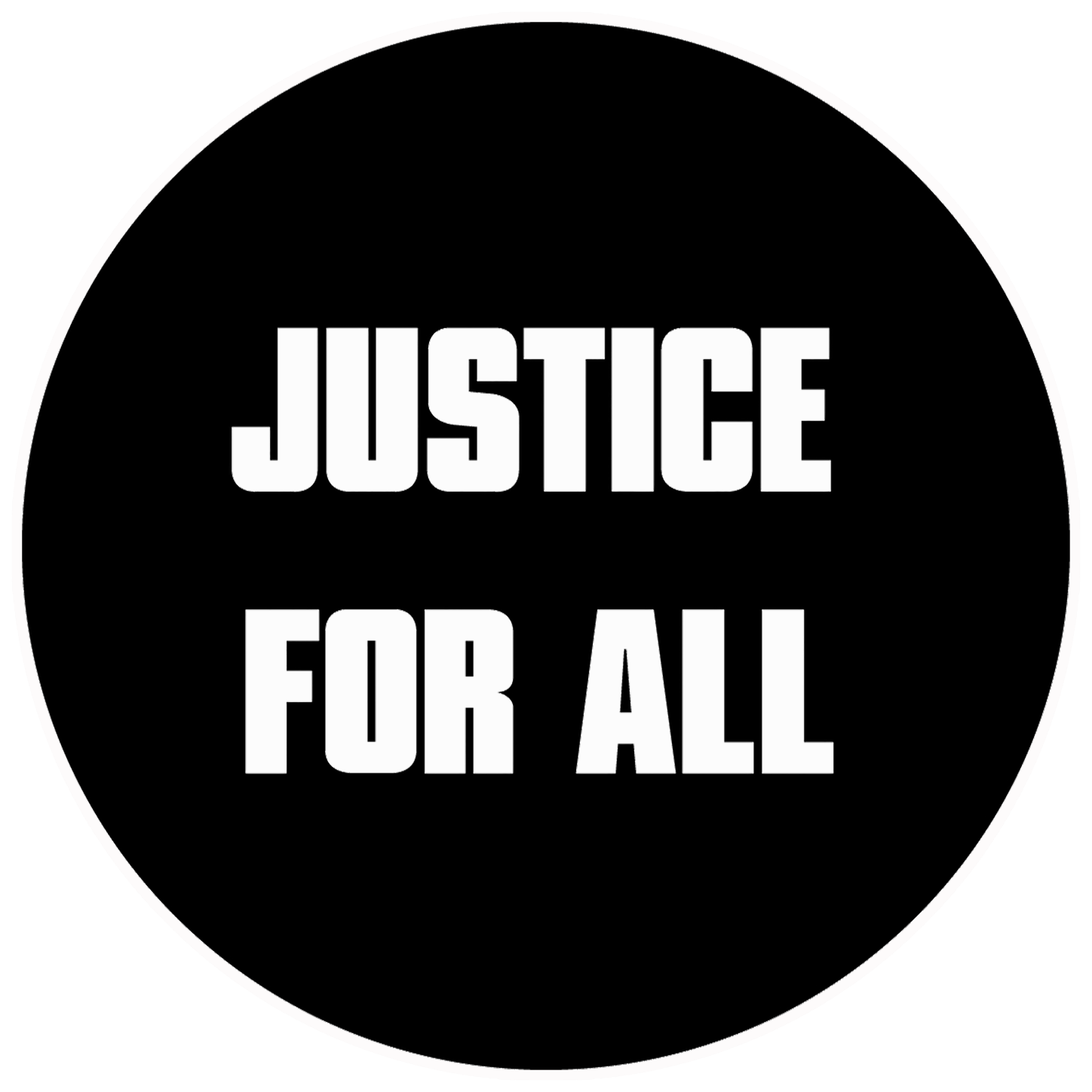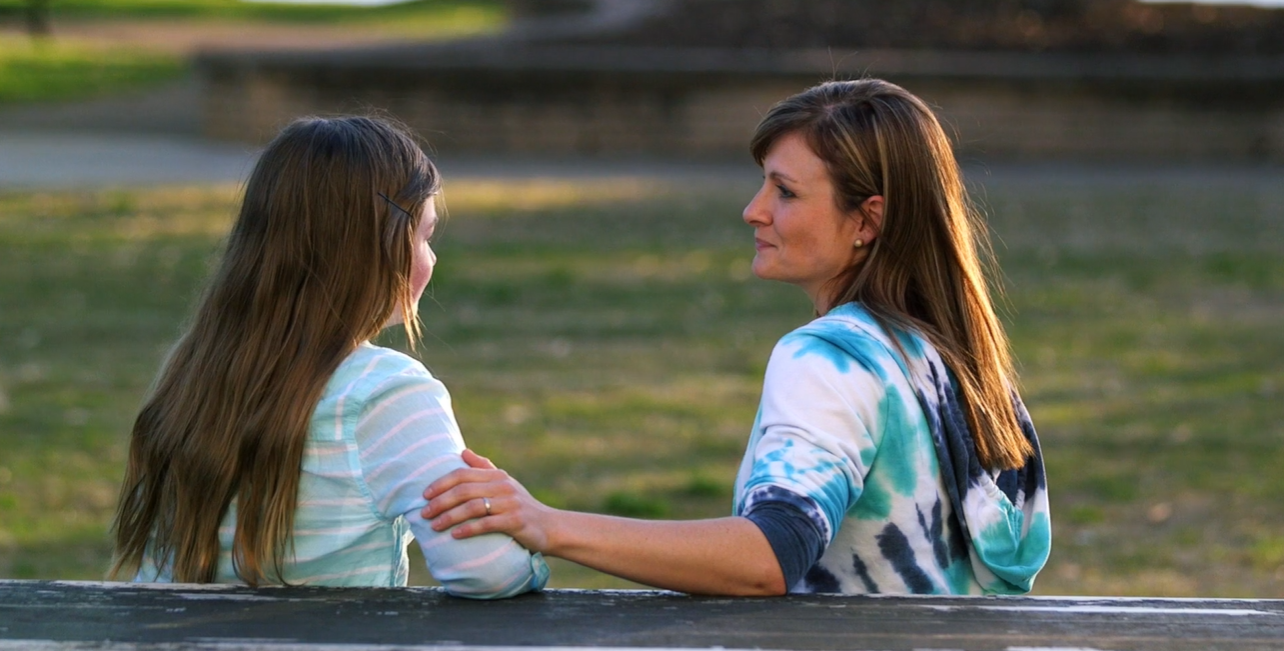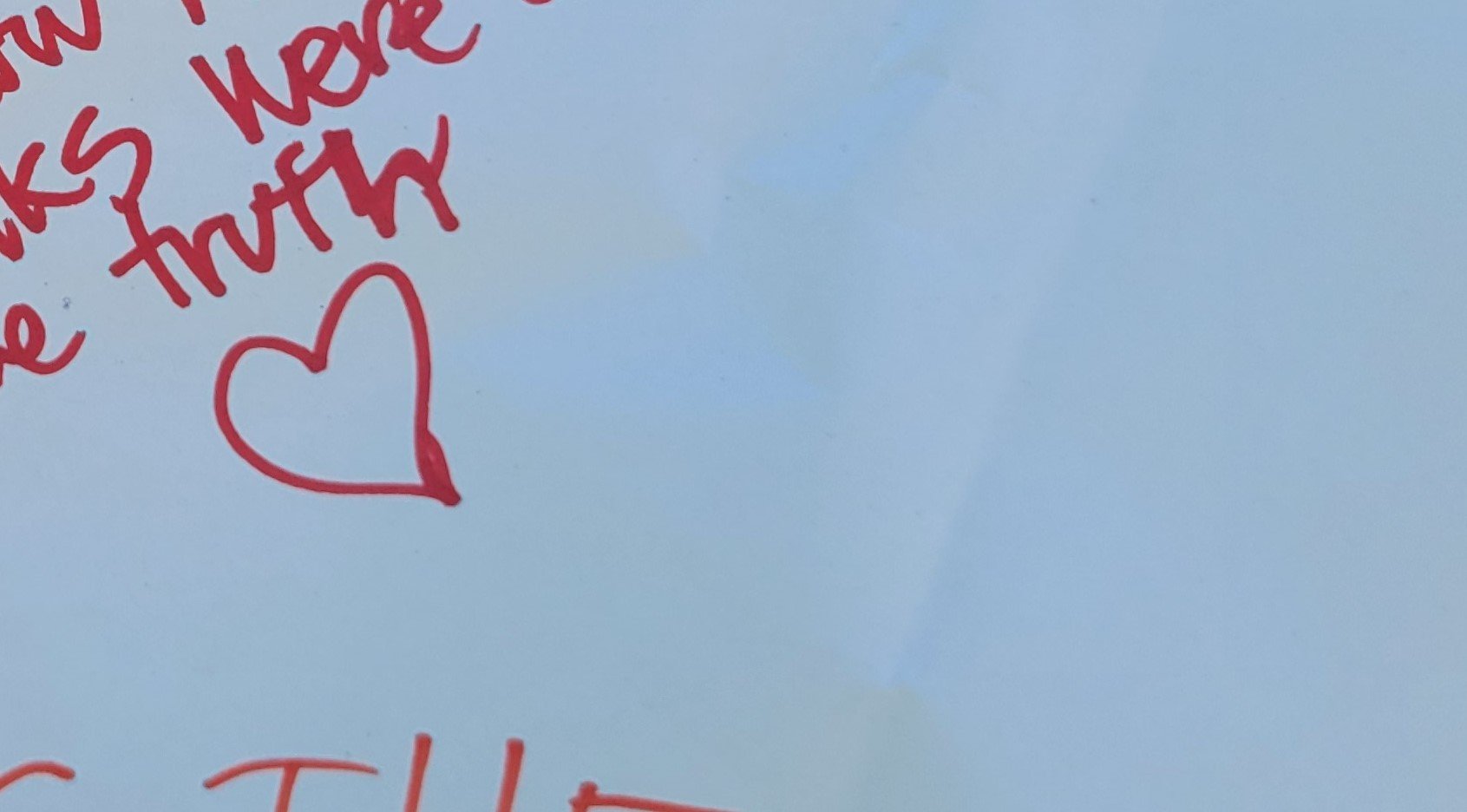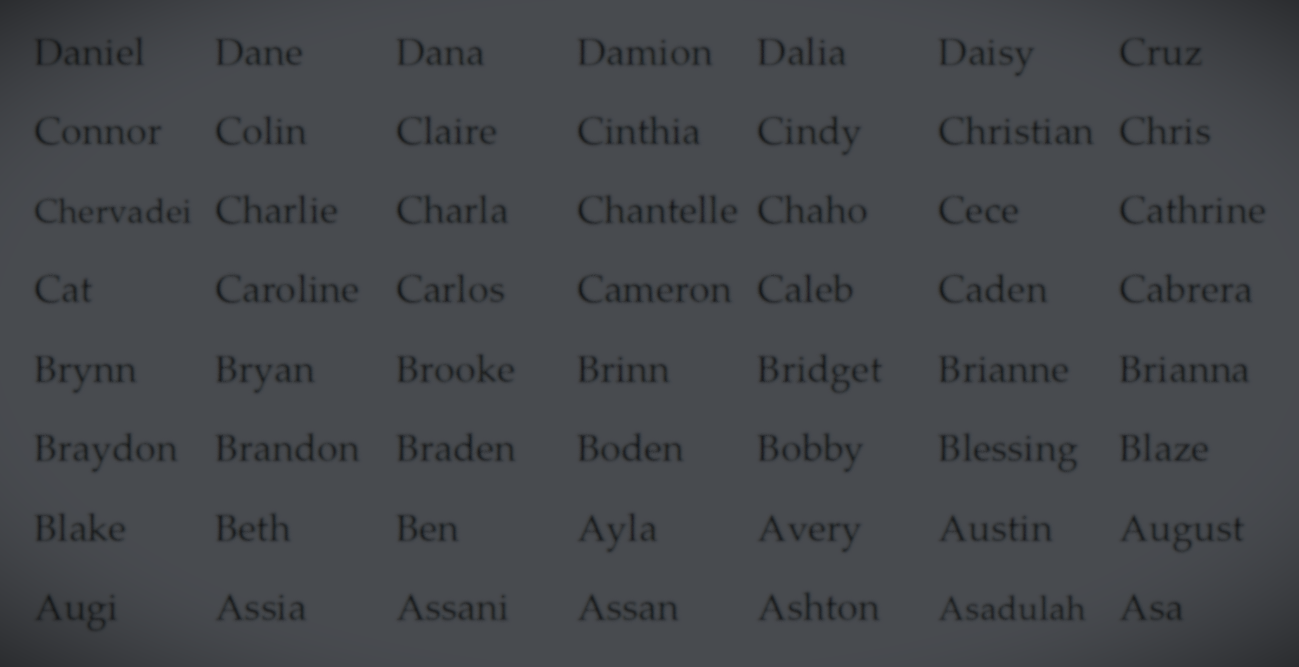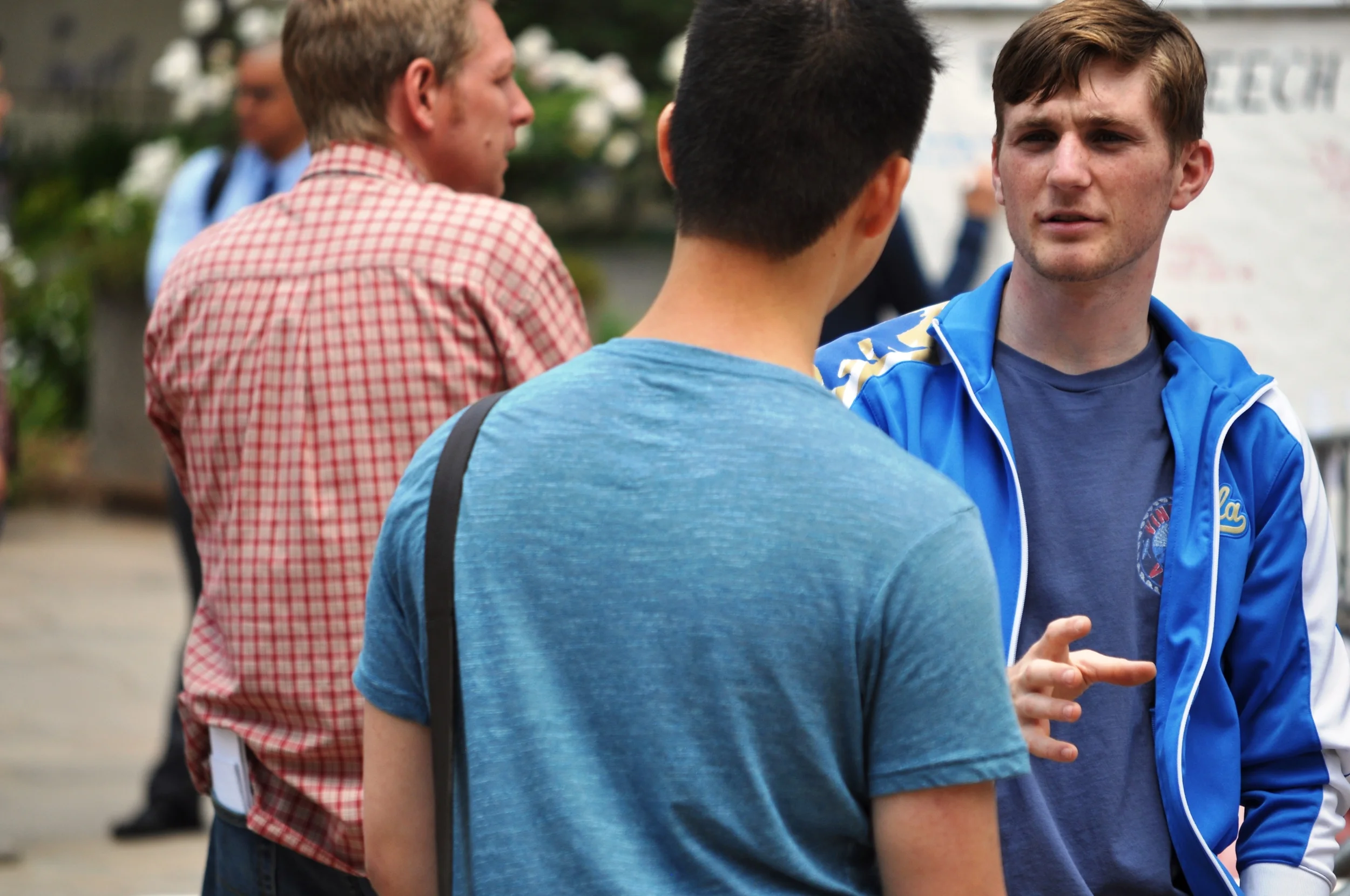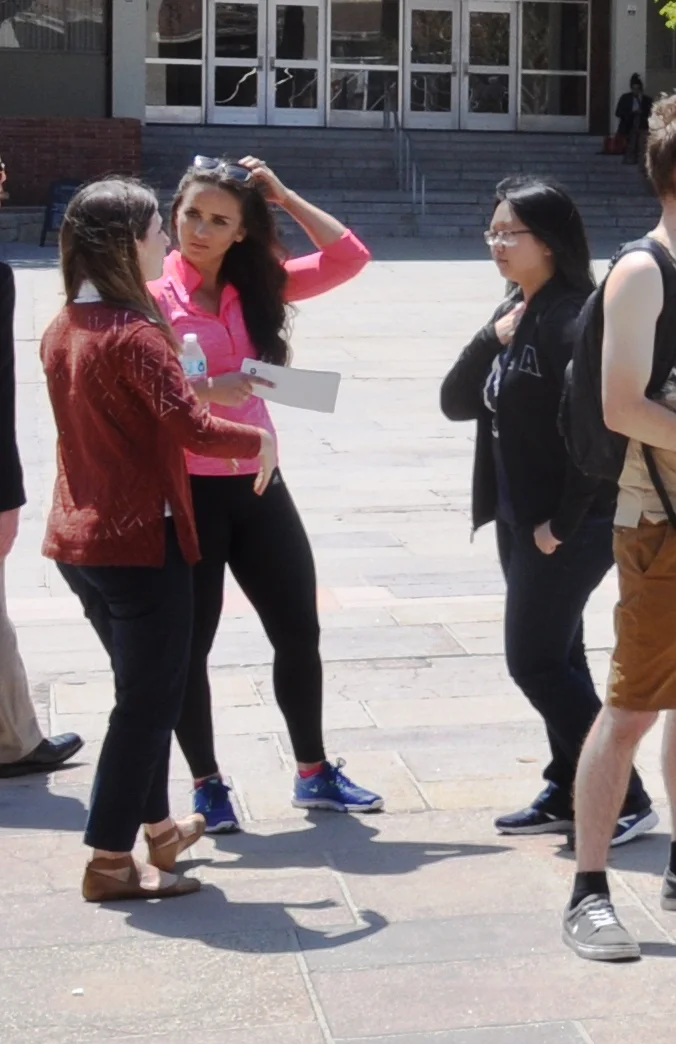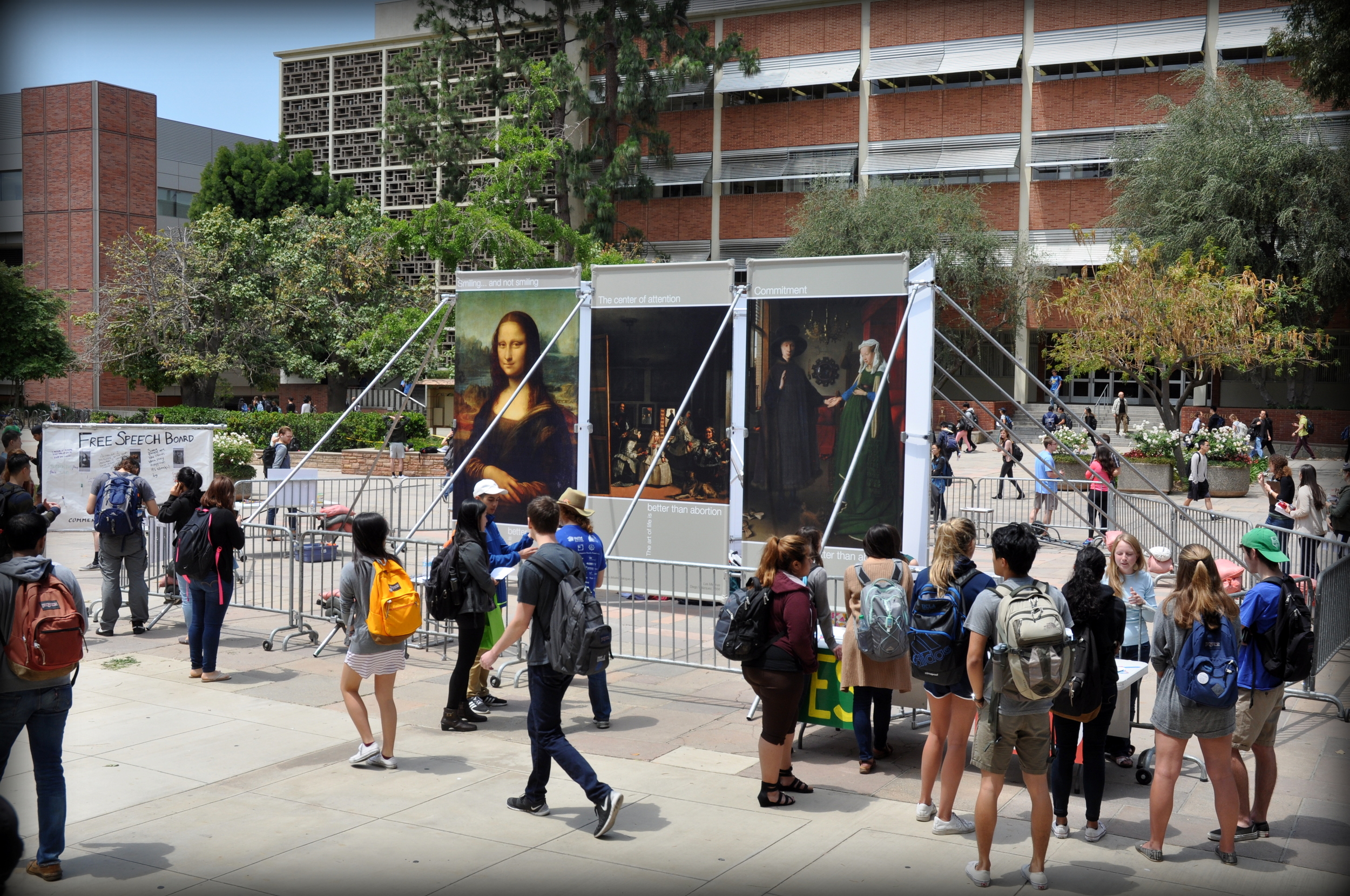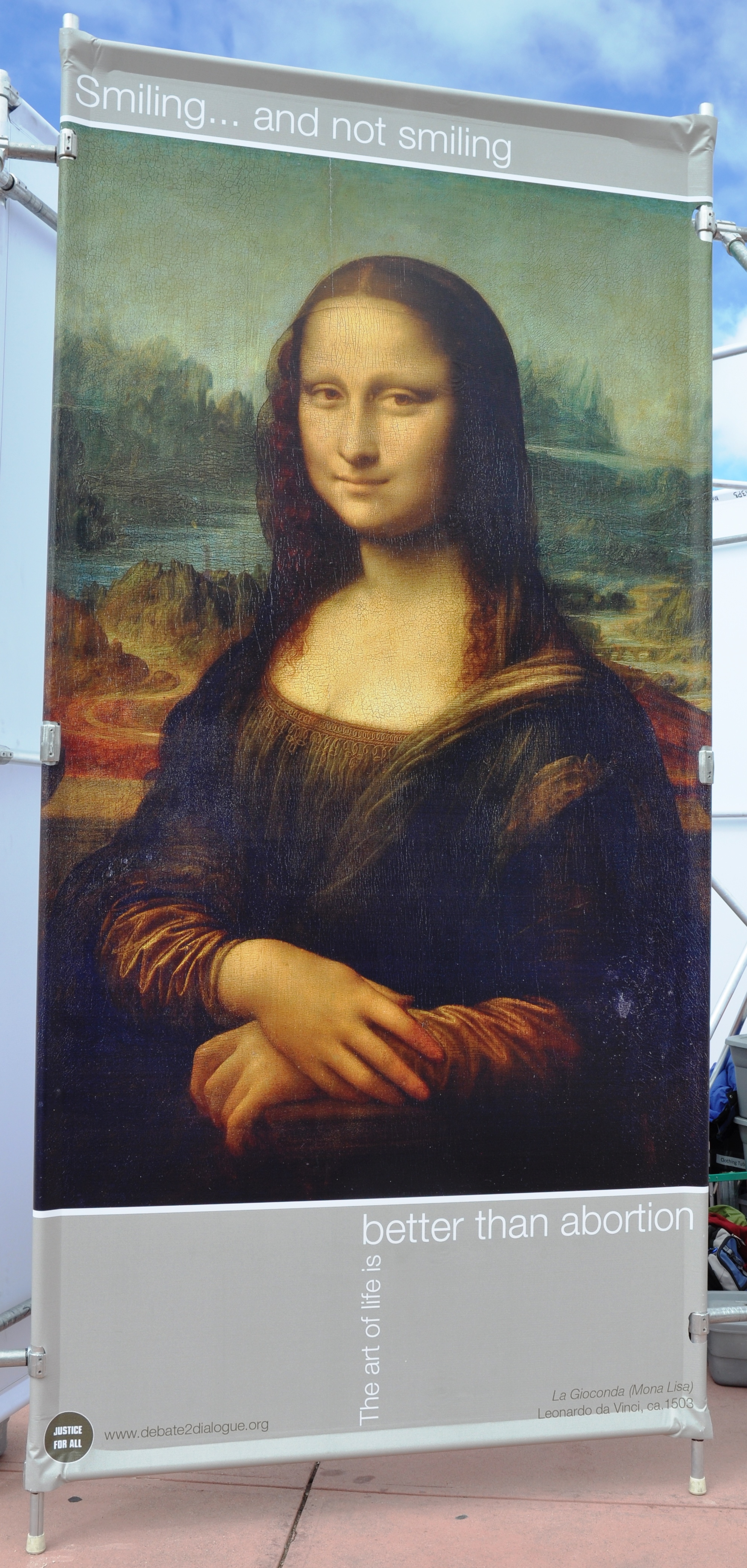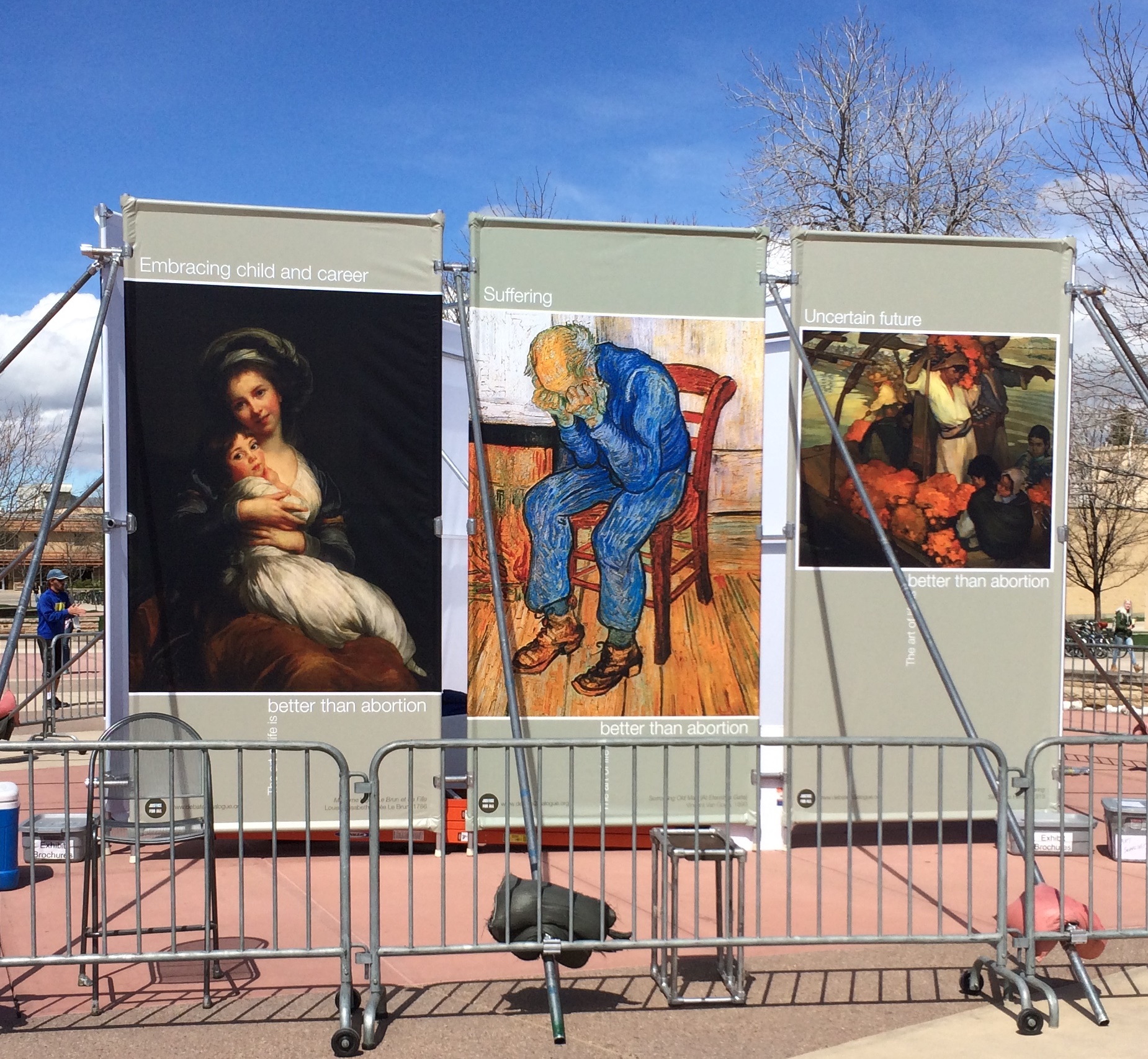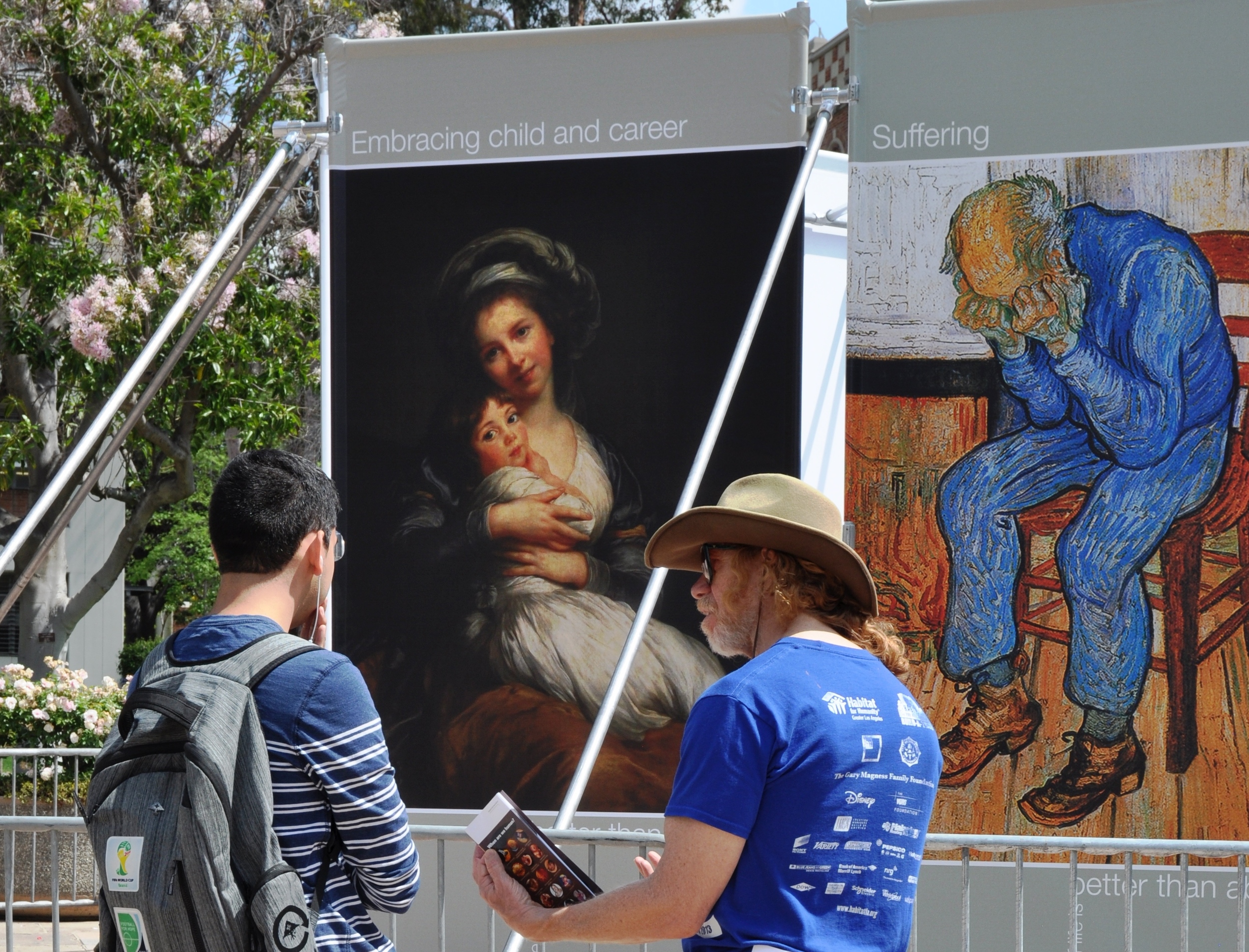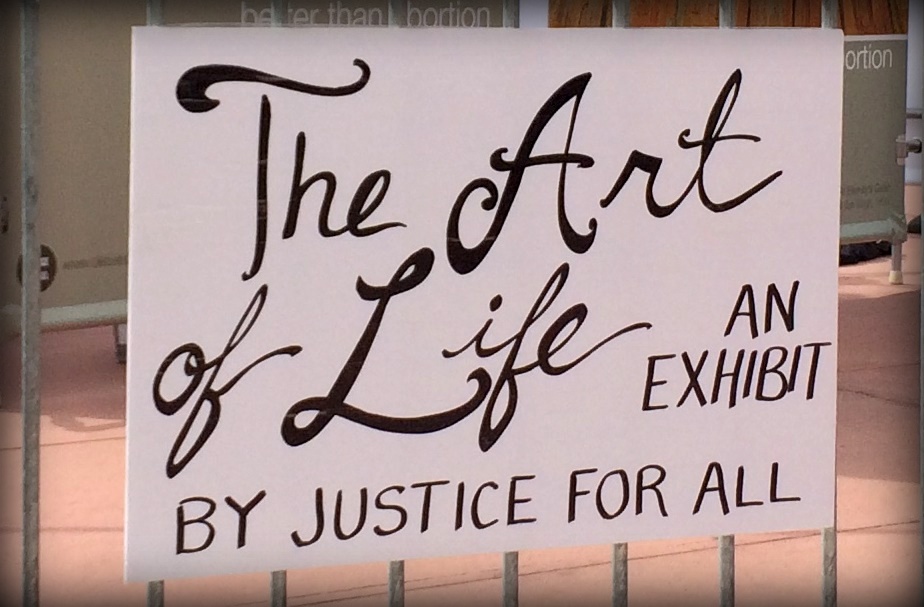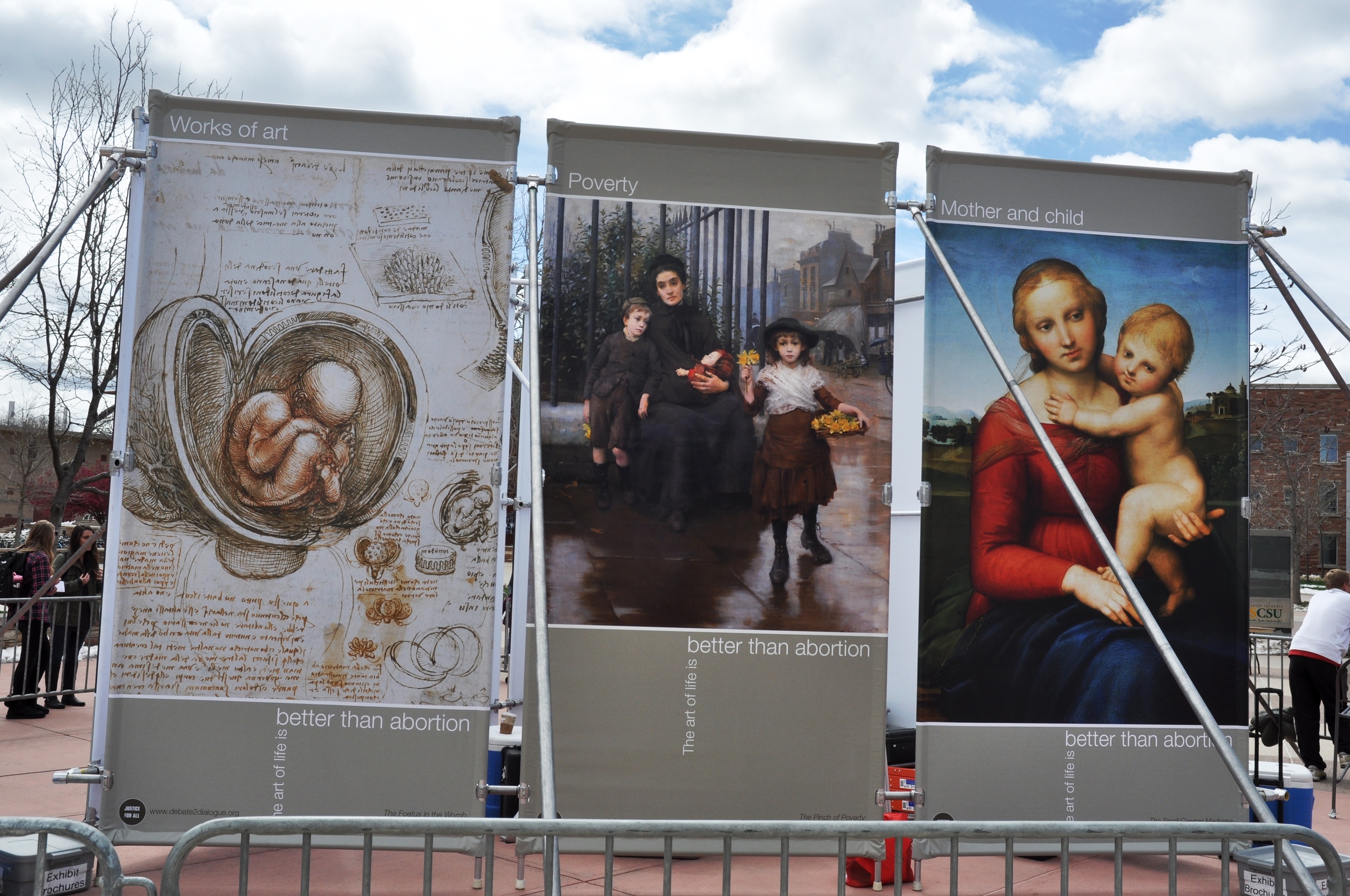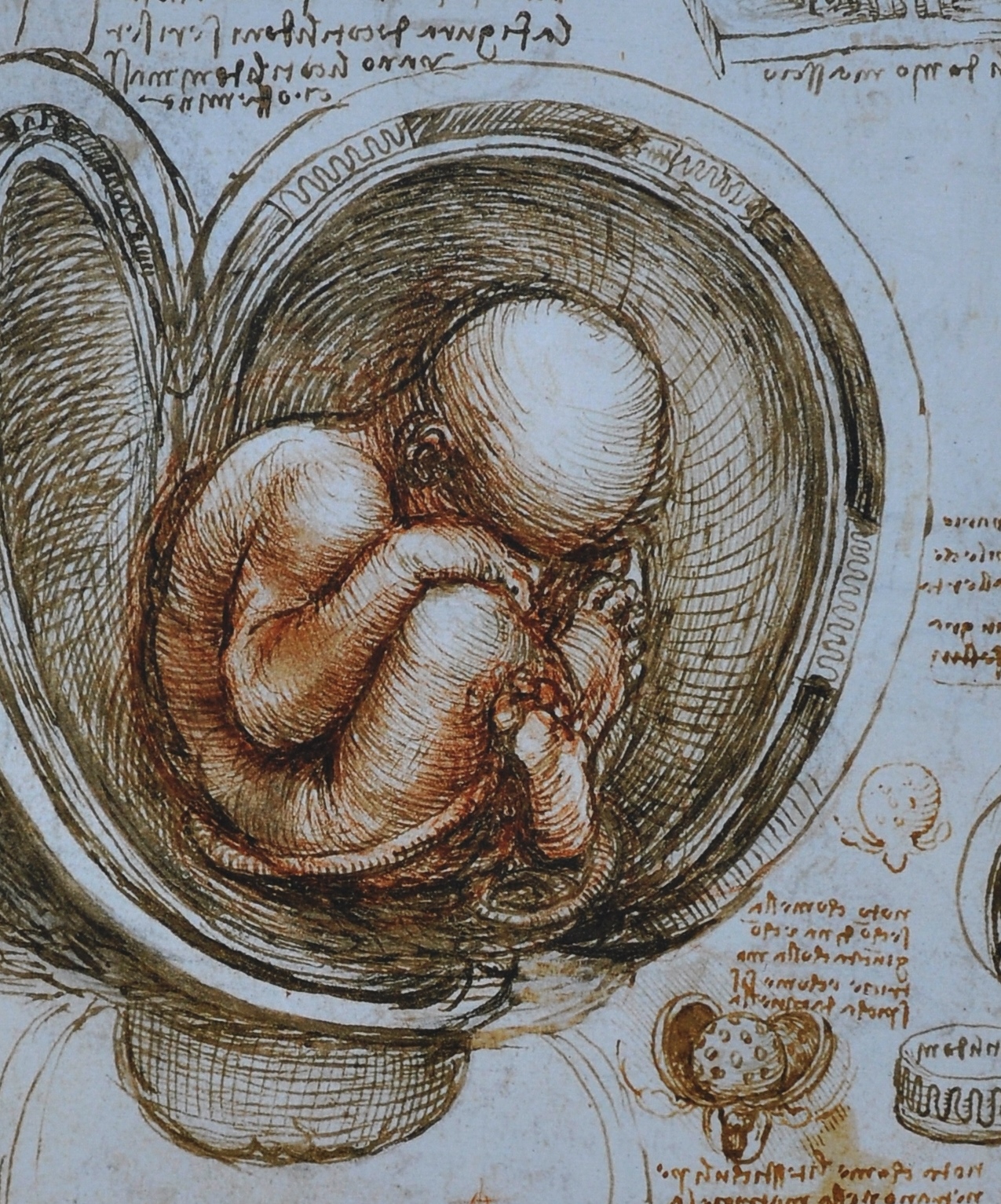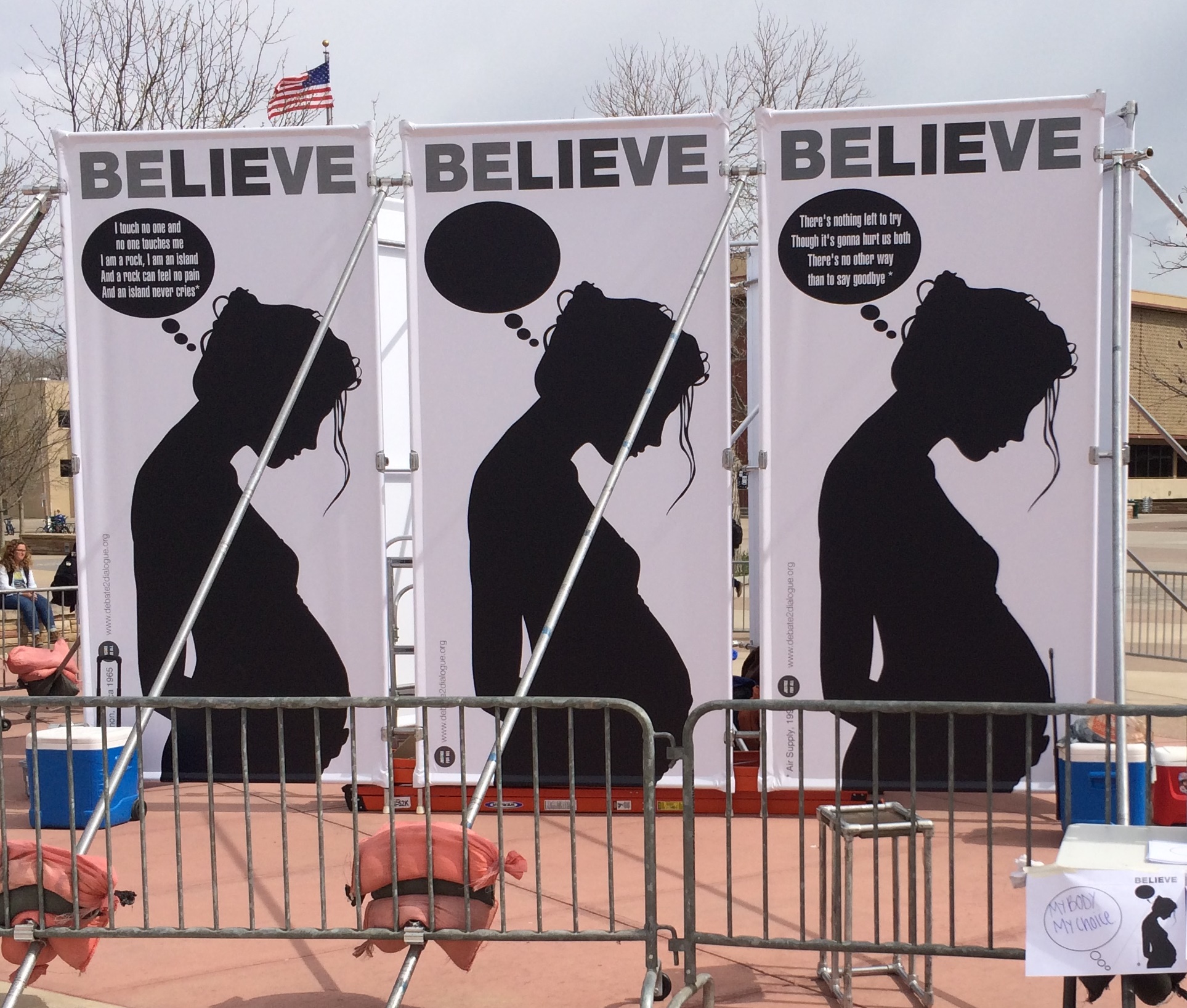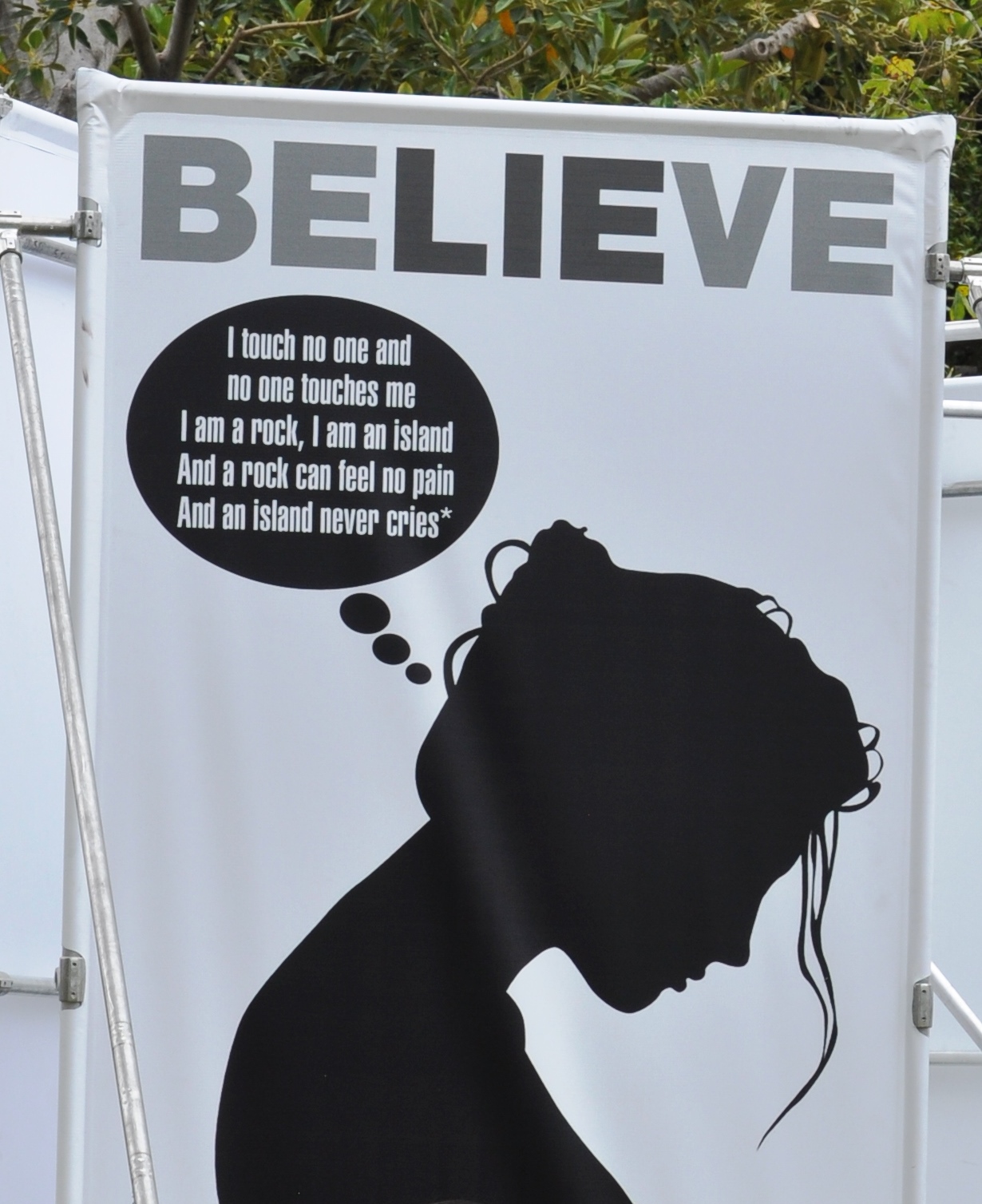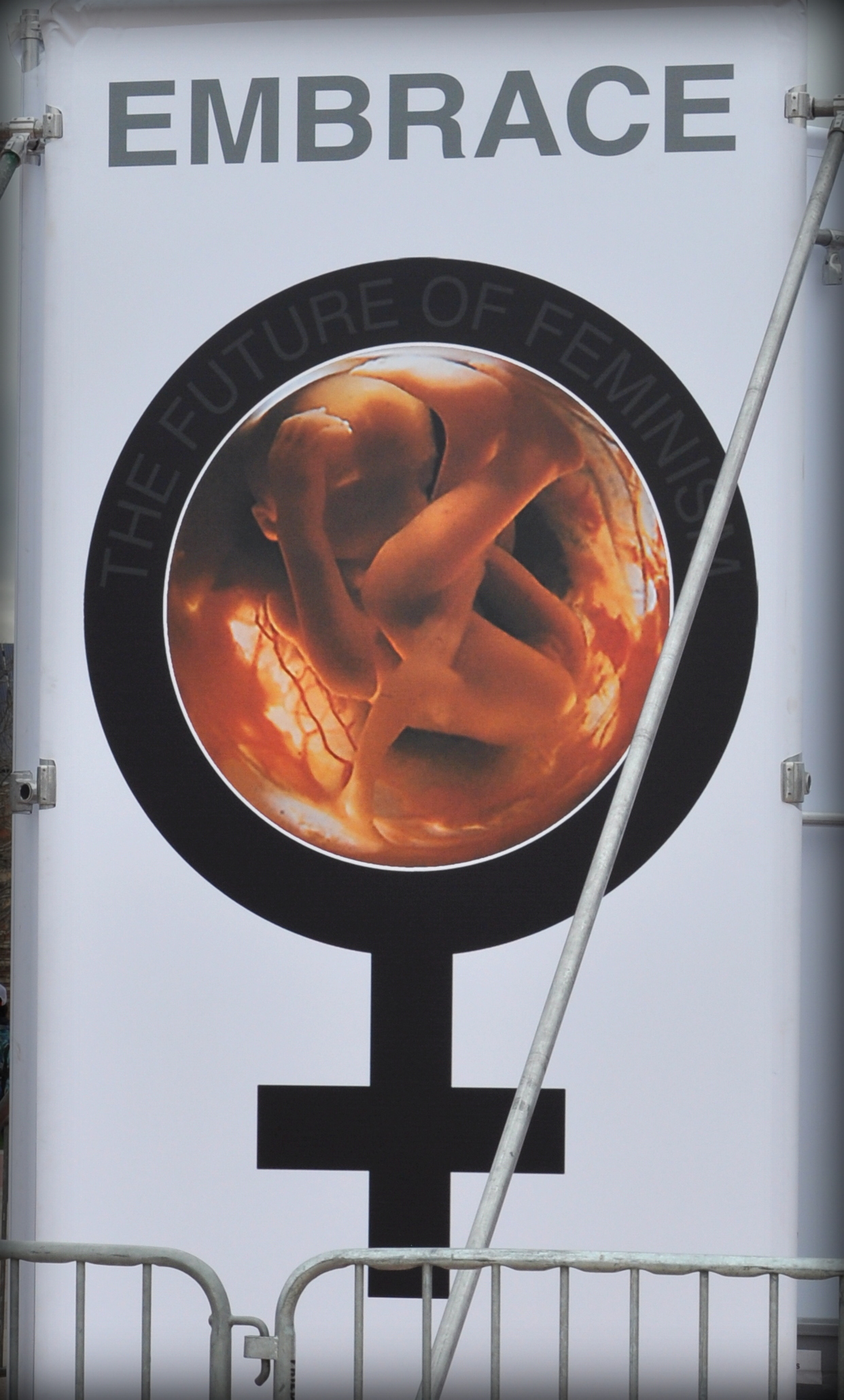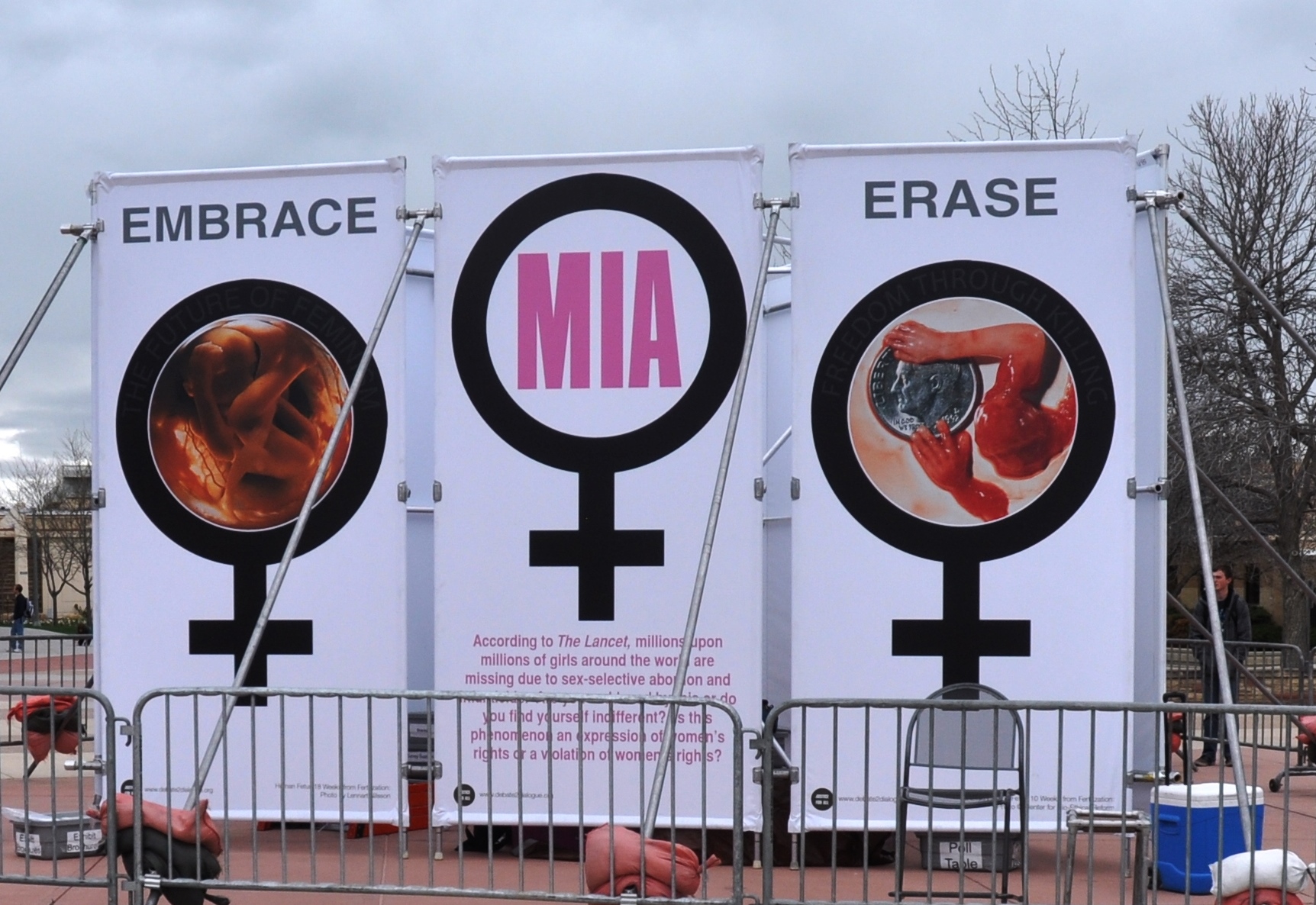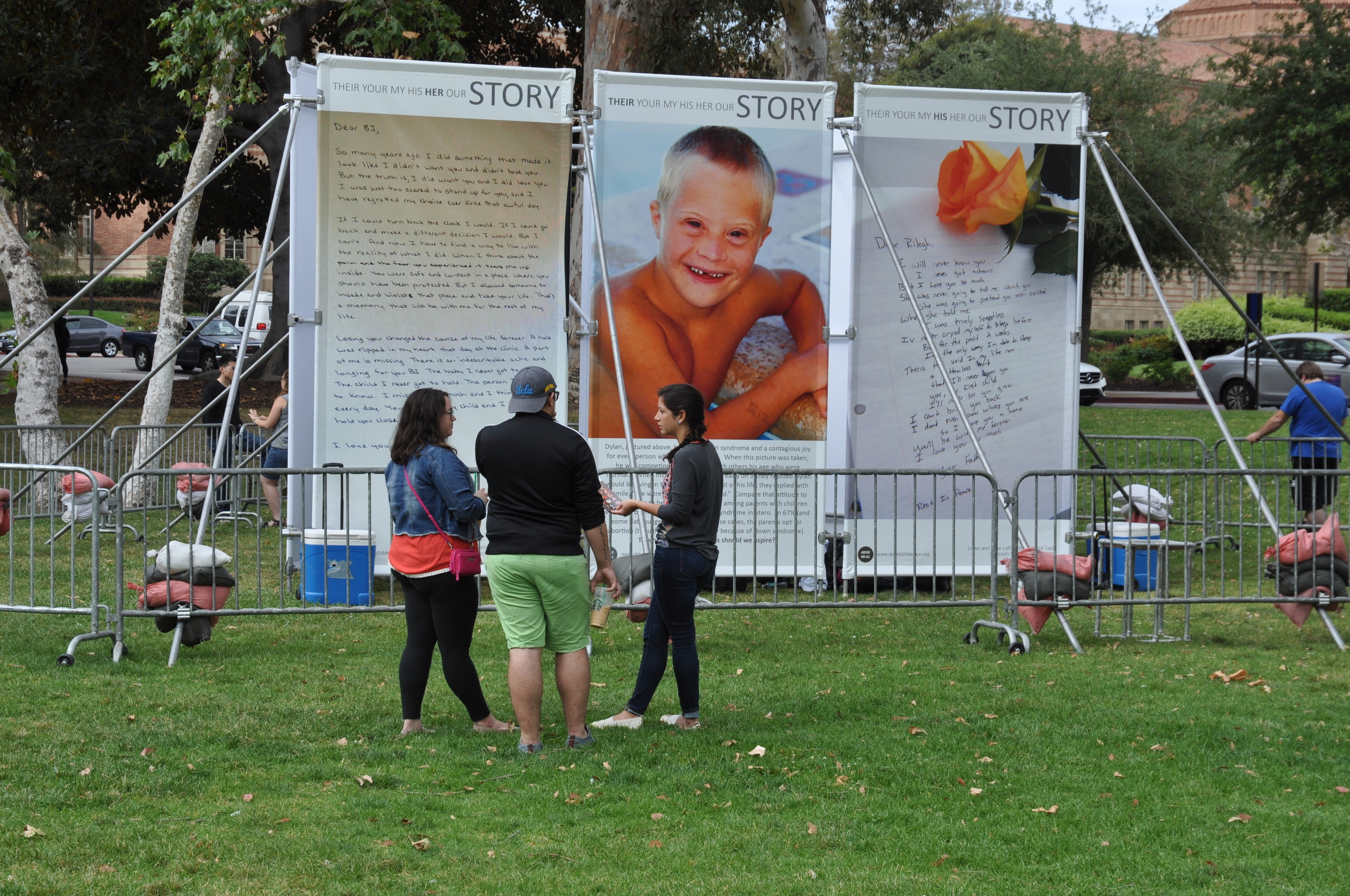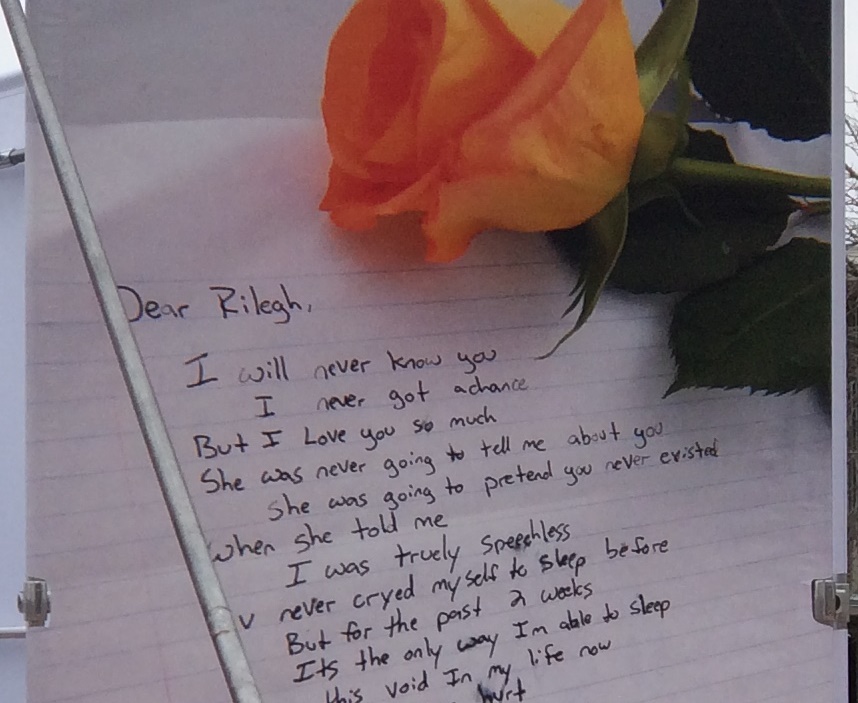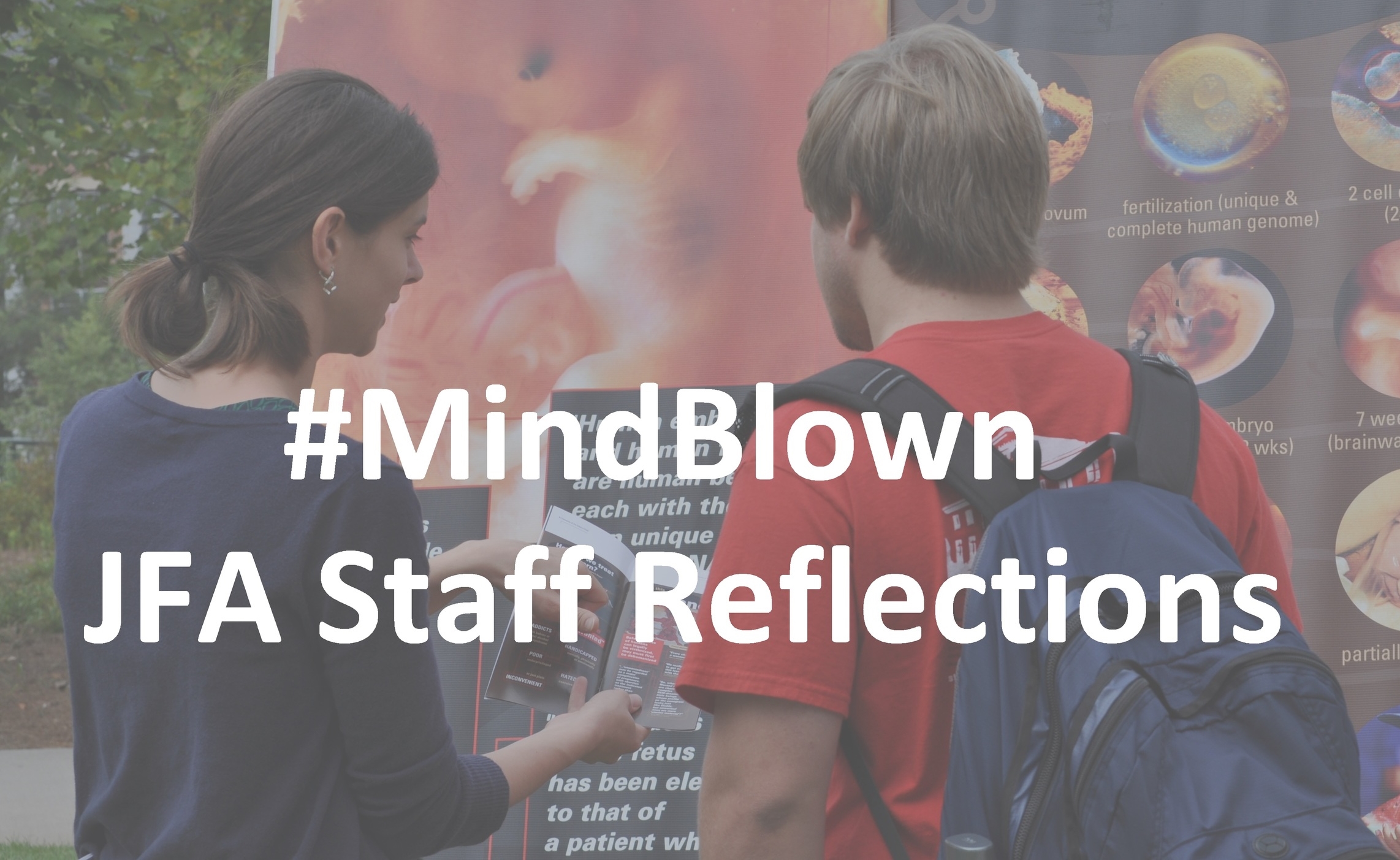It's common for us to hear people say, "I’m pro-life, but I can’t tell other people what to do. Therefore, abortion should be legal." JFA trainer Rebecca Haschke did a beautiful job of helping a young man reconsider this sentiment in a conversation she described in a recent letter entitled #Mindblown. Recently, members of JFA’s training team interacted with the topic of Rebecca’s letter. Here are some of their thoughts (add your own in the comments section):
On Impact in Conversations
I can't assume I know what is going on in someone’s heart. We rarely get to see the person change their views in front of us. It is easy to get discouraged and think that no difference is being made. This story reveals that more is going on than we often see. It also causes me to think about the value of being patient in a conversation and working through the arguments with someone.
I appreciate the reminder that we often don't know what's going on in someone's mind or heart during the conversation!
I appreciate her last sentence to Brian. I probably would have not been bold enough to say that, but it seems to be the sentence that most affected him...It is great how she turns it from "we should limit some choices" to "those of us who know the truth are morally obligated to help."
I have experienced that similar discouragement that is in many cases un-redeemed. However, I am encouraged by the fact that he seemed unmoved by almost everything, but that a single point transformed him. It makes me eager to keep trying with people who I am discouraged by in order to find the single argument that works for them.
[This conversation] gives me hope. Anyone can be reached with the right approach, so we should not dismiss people as "unreachable" without trying everything we can to reach them. It is tempting to think that someone will just never get it. However, there is always something that may trigger their intellect, and it may not be the same thing that triggers mine.
Also, it shows we need to fully describe the consequences of people's views to them. I am always tempted to stop after giving examples like child abuse. But I need to take the conversation further like she did, to historical atrocities and our obligations in response to those.
I would conclude that she felt the same discouragement that many of us feel in our conversations that don't seem to be making progress, but we should be encouraged and trust the Holy Spirit that He is the One who is ultimately guiding our conversations and changing hearts.
Note that Rebecca assumed throughout this conversation that Brian was confident and unwavering in his views, but that turned out to be entirely a mistaken impression. How often do we judge from a person’s body language or from the confidence of their statements that he or she isn’t open to change? How often do we move on from the conversation too early, when laboring a little longer with a person might produce change? We tend to trust our impressions, but stories like this remind me that I am better off assuming my impressions about what’s going on inside someone’s mind aren’t reliable. Since we don’t want to waste time with those who have hardened hearts either, we would be wise to be in a spirit of prayer, depending on the Holy Spirit to help us judge rightly when to keep laboring with a person and when to exit the conversation.
I think the main conclusion I draw from this conversation and Rebecca's reflection about discouragement is that we are too confident in the midst of conversations that we know what the other person is thinking. I think we, especially if we are professionals-at-dialogue, think more of our powers of perception than we ought. I think our powers of perception are pretty limited when it comes to figuring people out. We constantly seek the knowledge (control?) of what the other person is thinking, and we settle on some explanation or account of it. I think we do this instinctively, without effort. We need an answer on "is this making an impact on the person," so we draw a conclusion. And, I believe, we draw this conclusion many times too hastily. Really, we don't have much evidence usually about what's going on for the person. Their body language is something, but it's really not as clear as we think. Their eye contact is something, but it too can cause us to draw hasty conclusions. Their words and phrases and responses are something, but they also usually provide too little information to draw much of a conclusion about. The very thing we so need in order to feel equilibrium in the conversation, to get direction for what to say next, is the very thing that's inaccessible to us, which is the inner self-awareness of the person's mental states. And people are very good at hiding them. So, in sum, I think this reminds me to give thanks for the black box of a person's heart, which is not accessible to me, trusting God to use me, move me, and remove me from the conversation as he sees fit.
On Rebecca's Conversational Strategy
You can see Becca's strategy in this conversation from the questions she asked (note: I took some liberties in summarizing):
- What reasons do your Christian beliefs give you that cause you to believe abortion is wrong?
- Do you believe the unborn is biologically human?
- Is the unborn a human being like you and me?
- Do you think it is ever right for the government to take away a "choice"?
- Should these specific "choices" (ones that protect people) be taken away by the government?
- Do we agree that there are some "good" laws?
- Should the government uphold those "good" laws, even if they are based on your religious belief?
- Can we agree that a "good" law would be protecting human rights?
- If the unborn is a human, shouldn't we protect her human rights?
- If this is true, and you can help, don't you have an obligation?
It seemed Becca's basic strategy was to establish the common ground that one's religion (or lack thereof) should not keep them from endorsing laws against crimes like child abuse, and then to make the logical case that laws against abortion fit in this same category.
Becca was very bold in her last question to Brian and we should perhaps be courageous to be bold like she was! I think this paragraph also reflects Becca's beautiful spirit of humility.
Becca's conversational strategy was essentially a "Trot Out the Toddler." She sought clarification regarding the circumstances in which Brian thought it was okay to force beliefs on people in law (circumstances in which born people are being harmed) and then why (because we should protect human beings and human rights).
So, one might put her strategy this way:
Pro-Choice: I can't force my beliefs on others so we shouldn't make laws against abortion.
Pro-Life: It sounds like you're trying to be charitable in a pluralistic society. You think generally we shouldn't force people to do things or agree with us when they don't in fact want to do those things or don't actually agree with us.
C: That's right.
L: I agree with your sentiments in this sense: I don't want to force people to be Christians or force them to participate in religious services or to sign a confession of belief in things they don't believe. These are things that should be left to free will. [Agree]
C: Cool.
L: Imagine though that some adults in our city are being killed. For example, on this college campus. Can we pass laws to protect them? [Apply]
C: Sure.
L: Why? [Ask Why]
C: Life is sacred.
L: I agree, but what about all of the people in our country who don't believe anything is sacred. Is there any reason we could give to them that would lead them to think we should make killing people illegal? [Ask Why, elaborated]
C: Sure, human rights.
L: So, we can force people to respect human rights of adults?
C: Sure. We definitely can.
L: Do they have human rights based on their development or based on the kind of thing they are, the kind of nature they have? [Ask Why, elaborated]
C: They have human nature, so they have human rights.
L: I agree. So isn't that the issue with abortion then? If the unborn have human rights, then shouldn't the unborn be protected by law? You could force your views on people then, in the sense that you could force them to not kill those unborn people. [Ah]
C: I already said the unborn are human beings with human rights. #Mindblown.
So, one thing I like about Becca's dialogue here is that it gives a more realistic picture of how a Trot Out the Toddler (our moniker for "reductio ad absurdum") looks with the non-straightforward "can't force my beliefs" idea.
